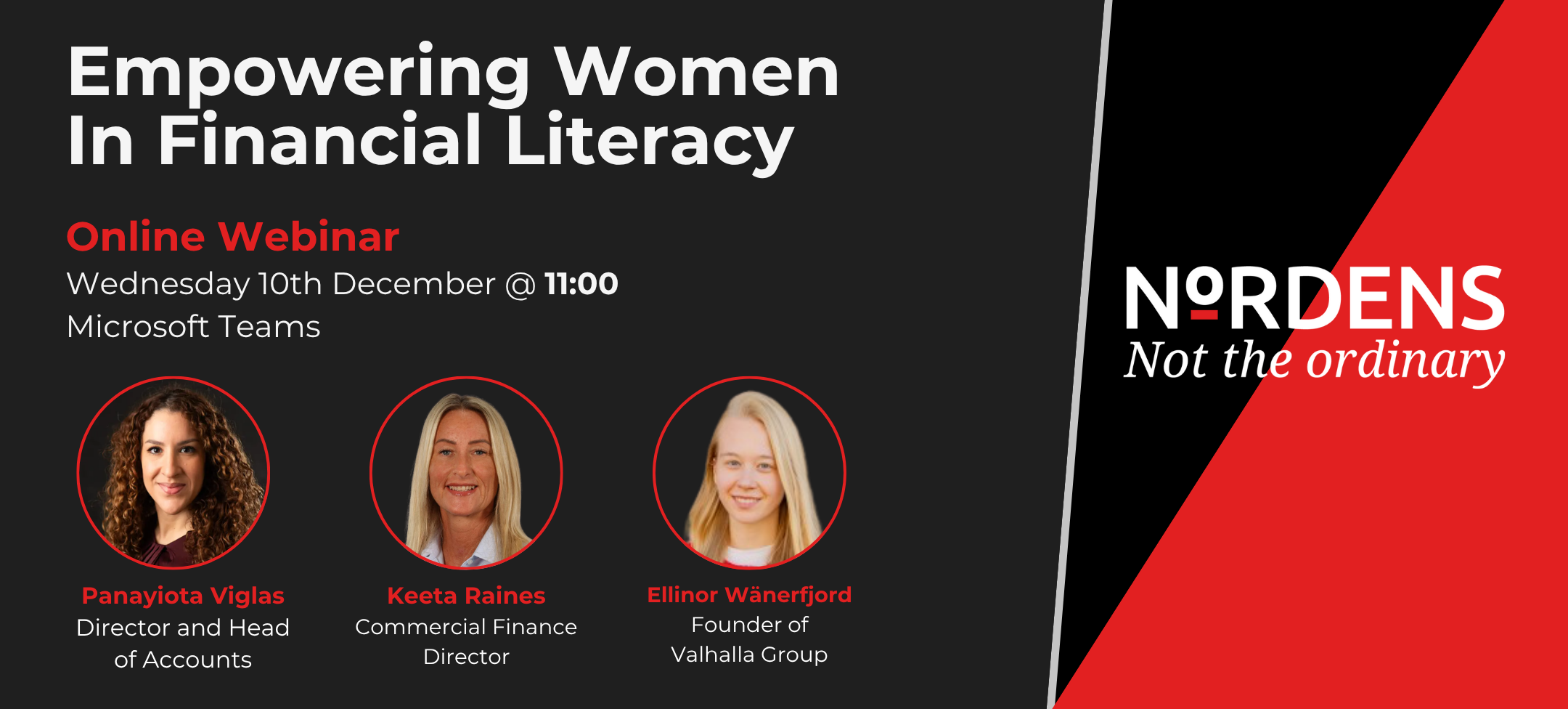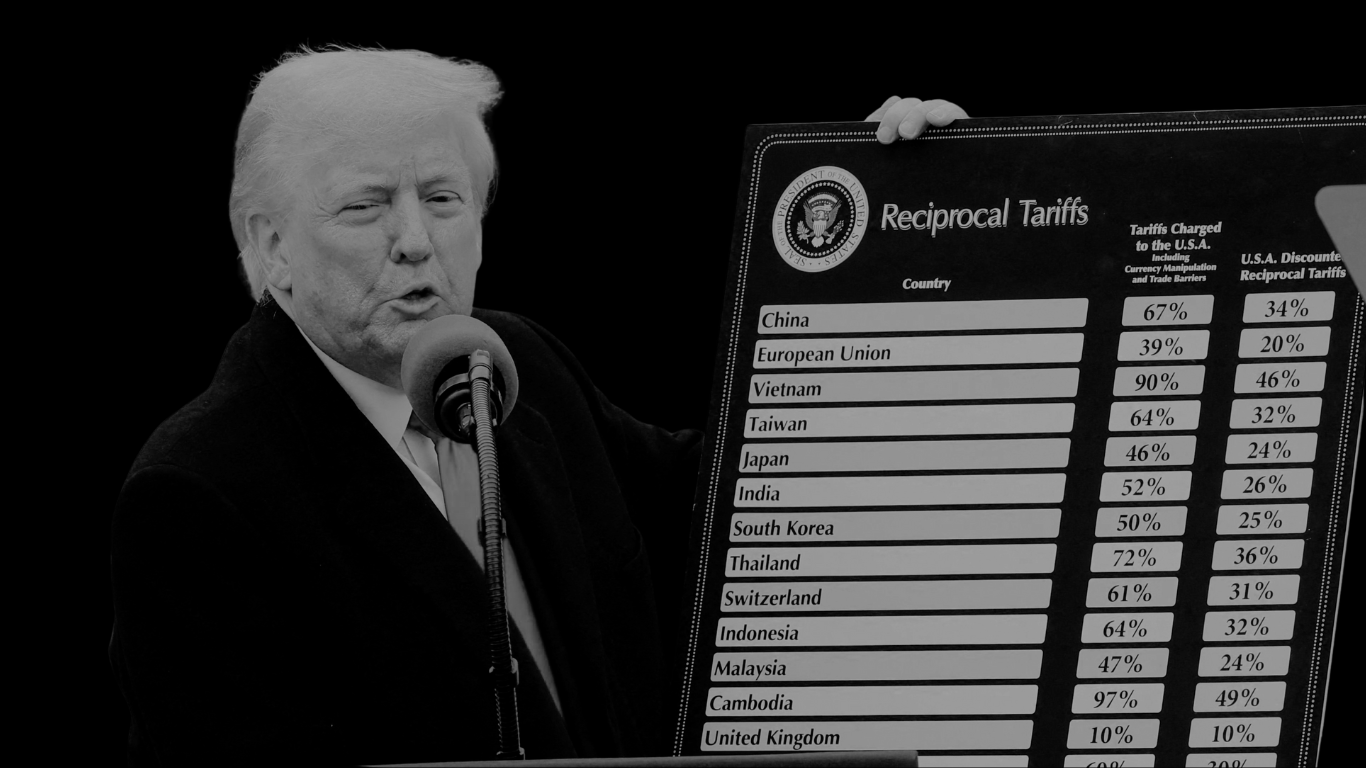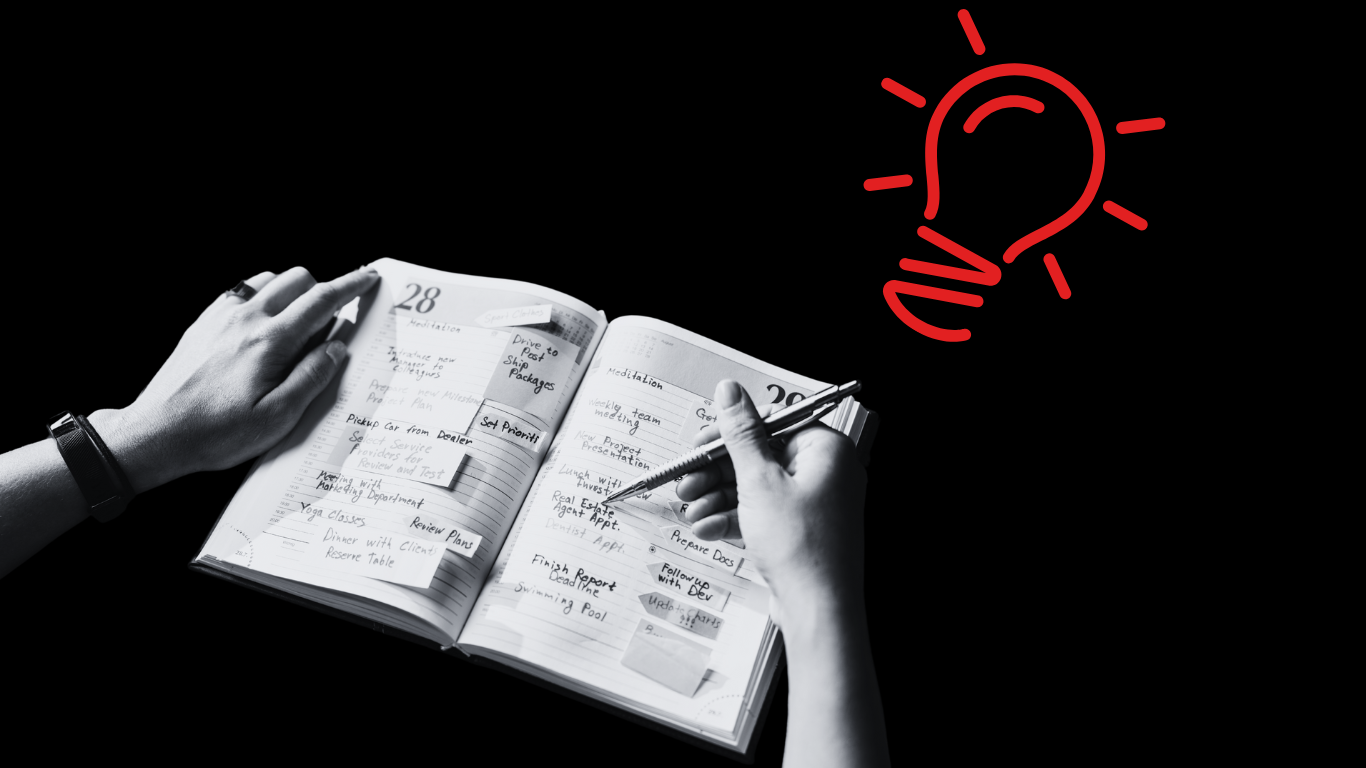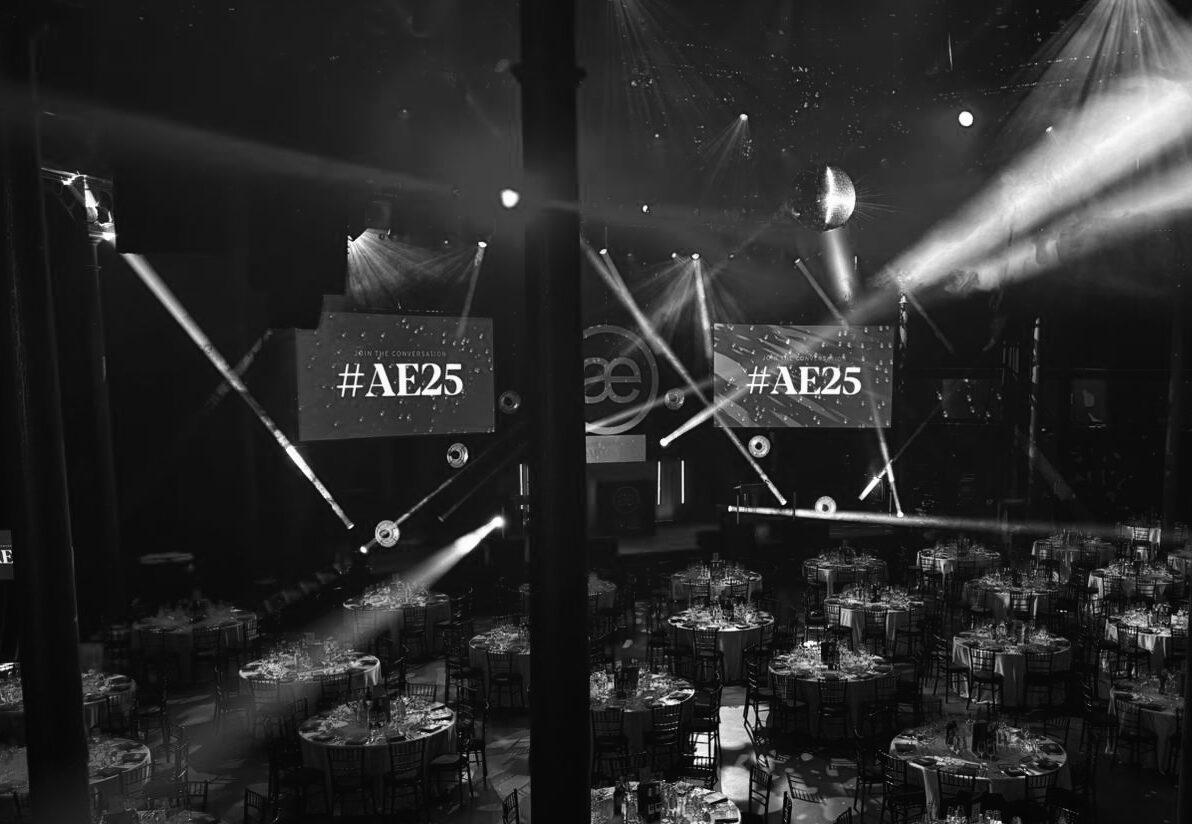A new £1,000 tax-free trading allowance became available in April 2017. If this allowance is relevant to your business, there are certain complexities linked to it that you should know about.
The trading allowance aims to provide simplicity and certainty regarding your obligations for income tax on small amounts of trading and miscellaneous income from providing goods, services or other assets.
Income, not profits
Basically, the trading allowance provides for a complete exemption from income tax if your total trading and miscellaneous income in the year is less than £1,000. It’s important to note that this does mean income – not profits. There’s also no need to register with HMRC or file tax returns provided trading income is below this level.
If you qualify for the full exemption, you’ll need to monitor your income levels every year. As soon as your income goes above £1,000 you’ll be subject to self-assessment.
Partial exemption
If your trading income exceeds £1,000, you may qualify for partial relief. This means you can:
- Deduct your business expenses from trading income in the usual way, or
- Deduct the £1,000 trading allowance from your income.
If you claim partial relief, you cannot deduct any other expenses; we can explain more about this if you chat to us.
The best approach for you will depend on the type of business you run and the level of expenses you incur. And you can change your approach each year if necessary. For example,
- If you have recurring outgoings, such as stock purchases, it’s likely you’ll be better off claiming actual expenses.
- If you run a small services business with minimal overheads and costs, it’s likely you’ll find the trading allowance more beneficial. (Unless you have a one-off large revenue expense in any year.)
Cash or GAAP?
The trading allowance applies equally to both cash basis and GAAP accounting scenarios, with one exception. For the purposes of full relief only, if your GAAP income would be more than £1,000 but your cash basis income would be less than £1,000, then you should use the cash basis rather than GAAP. In effect, this allows full relief without requiring a cash basis election to be made. If you really wish to use GAAP, you can elect out of full relief.
Exclusions
You should be aware of exclusions to the trading allowance rules:
- The trading allowance cannot be claimed for partnership trades, or for income which attracts ‘rent a room’ relief.
- No relief is available if your trading income includes any amounts received from:
- an employer, or a spouse / civil partner’s employer.
- a partnership in which you (or a connected party) are a partner; or
- a close company in which you (or an associate) are a participator.
This exclusion is very restrictive – even a low amount of income will completely prevent you claiming the relief for the year. The example given in Accountancy Age is that if you are employed and have a sideline in selling photographs of old buildings, the sale of one photograph to your employer (or your spouse’s employer) will prevent you from claiming the trading allowance, even if you sell hundreds of photos to other unconnected parties.
Second trades
For the purposes of the trading allowance, the income and profits of all an individual’s trades are combined. This can lead to difficulties if you are an existing sole-trade business and you start a smaller second trade.
For example, let’s assume you are a self-employed window cleaner starting up a small business giving violin lessons:
- Full relief will not be available for the new trade (assuming your combined income from both trades exceeds £1,000).
- Partial relief is likely to be economically unattractive, as you would not be able to claim for the expenses incurred in your window cleaning trade.
This results in an unequal situation whereby someone can receive unlimited income from employment or a partnership and still claim the trading allowance, but an existing sole-trader is unlikely to benefit from the allowance. HMRC is aware of this point, so it may be reviewed at a later date.
We have shared this article (and adapted it slightly) from AccountanyAge. You can read the original article here.









































































































































































































































































































































































































































































































